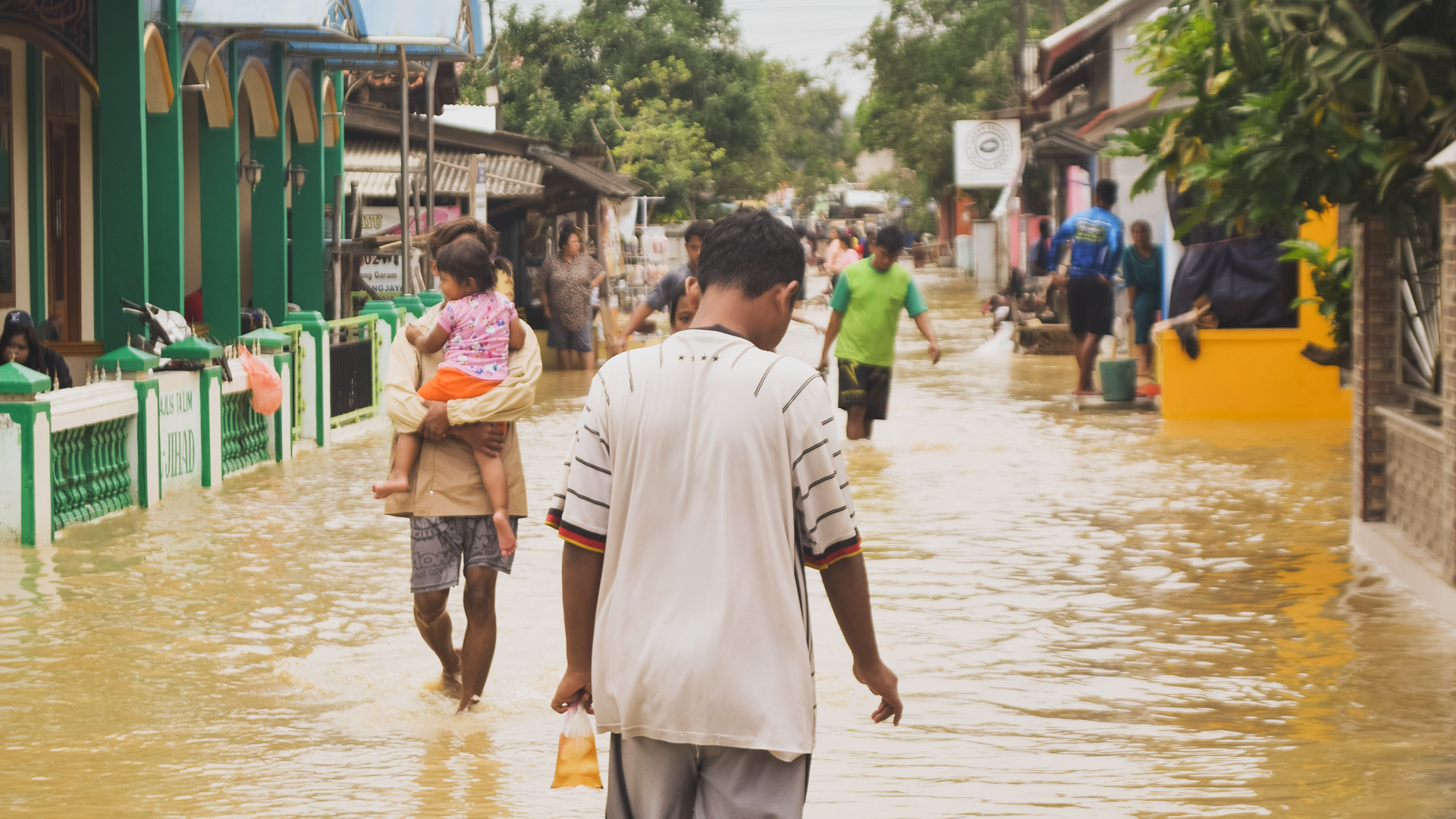Intense storms, wildfires, and flooding – triggered by marked changes to our climate – were responsible for three times more internally displaced people than violent conflicts last year. Combined, the overall number of those displaced hit record numbers.
Refugee organisations claim our emissions are worsening the refugee crisis significantly, leaving us tittering on the edge of a potential humanitarian nightmare.
According to data published by the Norwegian Refugee Council’s Internal Displacement Monitoring Centre (IDMC), the global population of internally displaced people – meaning those forced to move within their own country – hit 55 million in 2020.
The figures here fall in line with a steady rise over the last decade, but crucially, this report underscores our worsening climate as a key factor as to why. The thinnest silver lining ever.
During a year that was the warmest on record – edging out 2016 by a tenth of a degree – 5 million more people were displaced within their own countries than in 2019, with extreme weather events like storms, flooding, and wildfires sweeping across vulnerable regions more frequently.
Extreme weather was responsible for a whopping 98% of disaster-related displacements in 2020. And things will likely only get worse with climate change.
We need strong climate action now to turn this crisis around. https://t.co/44tZiTIddY
— Climate Reality (@ClimateReality) May 24, 2021
IDMC has long believed that studies into refugees and displaced populations have underestimated or ignored the impact of extreme weather events. In-fact, its report claims that for the first time in 2020, more people were uprooted from their communities by climate change than war or conflict.
Specifically, those who migrated within their borders due to our warming climate reportedly rose to around 30 million, which would represent a whopping 75% of all internally displaced people that year.




















